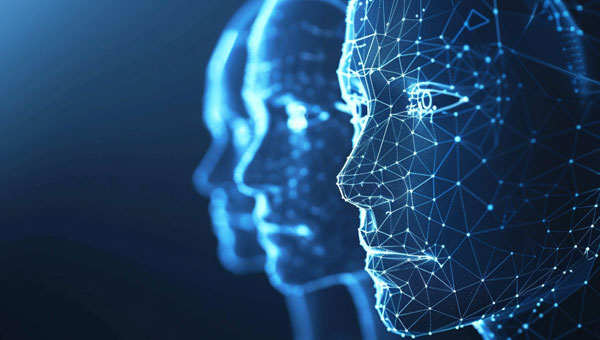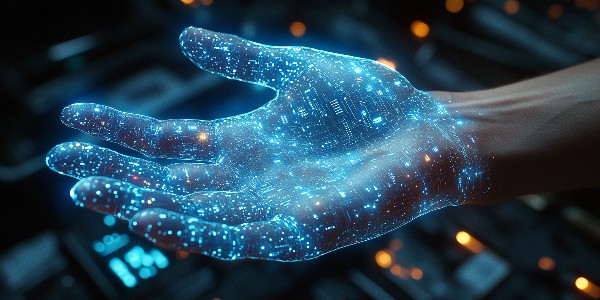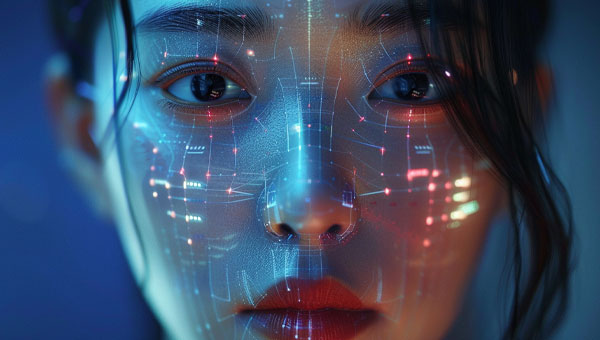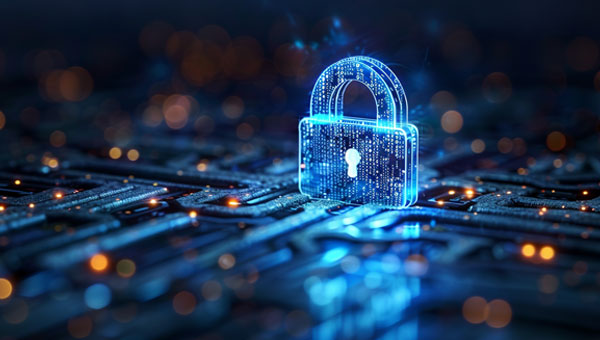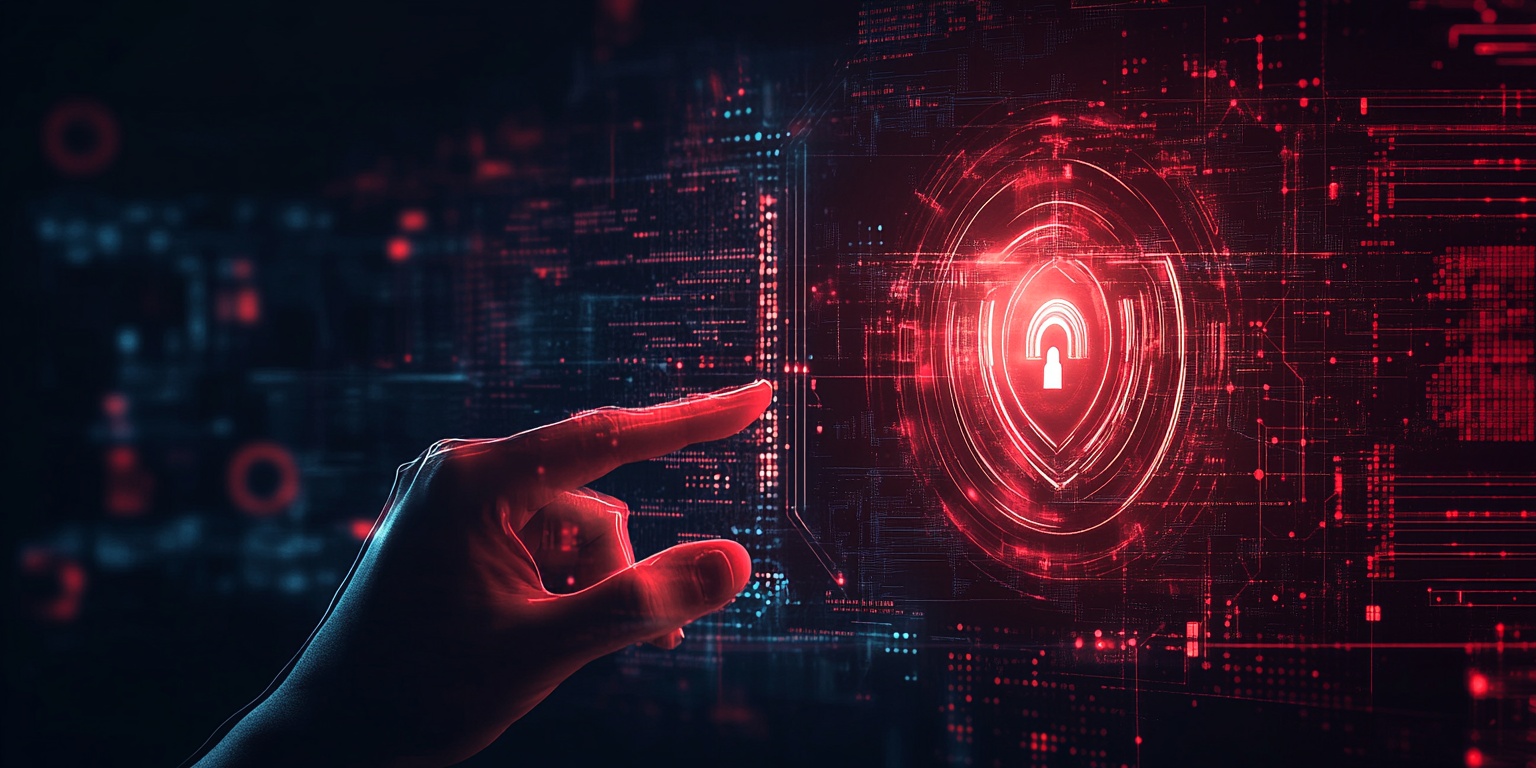Biometric Facial Recognition
Facial recognition technology offers enhanced security and convenience across various sectors but raises significant ethical concerns regarding privacy and surveillance.
Facial recognition, a form of biometric security, is a technology that identifies or confirms an individual's identity by analyzing their face. It has diverse applications, ranging from unlocking smartphones to enhancing law enforcement efforts. Here's how facial recognition works, its applications, advantages, and the ethical considerations it raises.
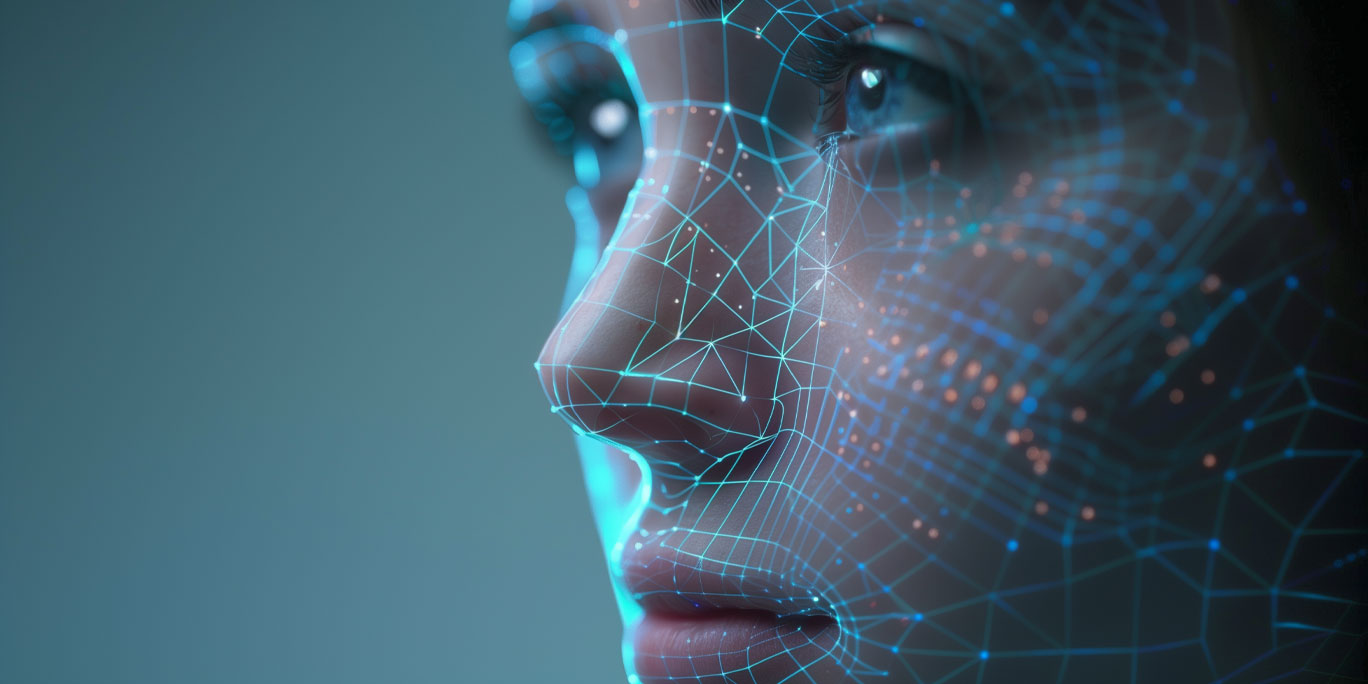
How Facial Recognition Works:
Facial recognition technology operates by detecting and analyzing facial features in images or videos. The process typically involves several steps:
Face Detection: Specialized cameras or software locate and isolate faces within images or video streams, regardless of the individual's pose or angle.
Face Analysis: Key facial features are extracted and analyzed, such as the distance between eyes, nose shape, and lip contours. This creates a unique biometric template for each individual.
Converting to Data: The facial features are converted into digital data, forming a mathematical representation known as a faceprint or template.
Matching: The faceprint is compared against a database of known faces to find potential matches. If a match is found, the individual's identity is determined.
Applications of Facial Recognition:
Facial recognition technology is used in various fields, including:
Security and Law Enforcement: It helps identify suspects, locate missing persons, and enhance border control and airport security.
Consumer Electronics: Facial recognition unlocks smartphones and provides secure access to apps and data.
Retail and Marketing: Retailers use it for personalized advertising, retail crime prevention, and improving customer experiences.
Healthcare: Hospitals utilize facial recognition for patient care, record access, and medication adherence monitoring.
Education and Workplace: It tracks attendance in educational institutions and streamlines access control in workplaces.
Advantages of Facial Recognition:
Increased Security: It provides secure authentication and access control, reducing the risk of unauthorized access and fraud.
Crime Reduction: Facial recognition helps track down criminals and prevent crimes, serving as a deterrent to potential offenders.
Convenience: It offers quick and seamless verification without the need for physical tokens or passwords.
Efficiency: The technology enables fast processing and integration with existing security systems.
Ethical Considerations and Disadvantages:
Surveillance Concerns: Facial recognition raises privacy and surveillance issues, as it can be used for mass tracking and monitoring.
Error Margin: There's a risk of false positives and negatives, leading to potential misidentification and wrongful accusations.
Privacy Breach: Collecting and storing biometric data without consent raises privacy concerns and may lead to misuse or breaches.
Data Storage Challenges: Handling massive datasets for facial recognition requires robust storage infrastructure, which may pose challenges for smaller organizations.
Protecting Facial Recognition Security:
To safeguard against potential risks, individuals can invest in comprehensive cybersecurity measures and exercise caution when sharing personal information. Additionally, ongoing regulatory efforts aim to establish guidelines for responsible facial recognition use.
In conclusion, facial recognition technology offers significant security benefits and convenience but also raises important ethical and privacy considerations. As the technology evolves, it's essential to strike a balance between maximizing its benefits and minimizing its risks, ensuring a safer and more secure digital future for all.




